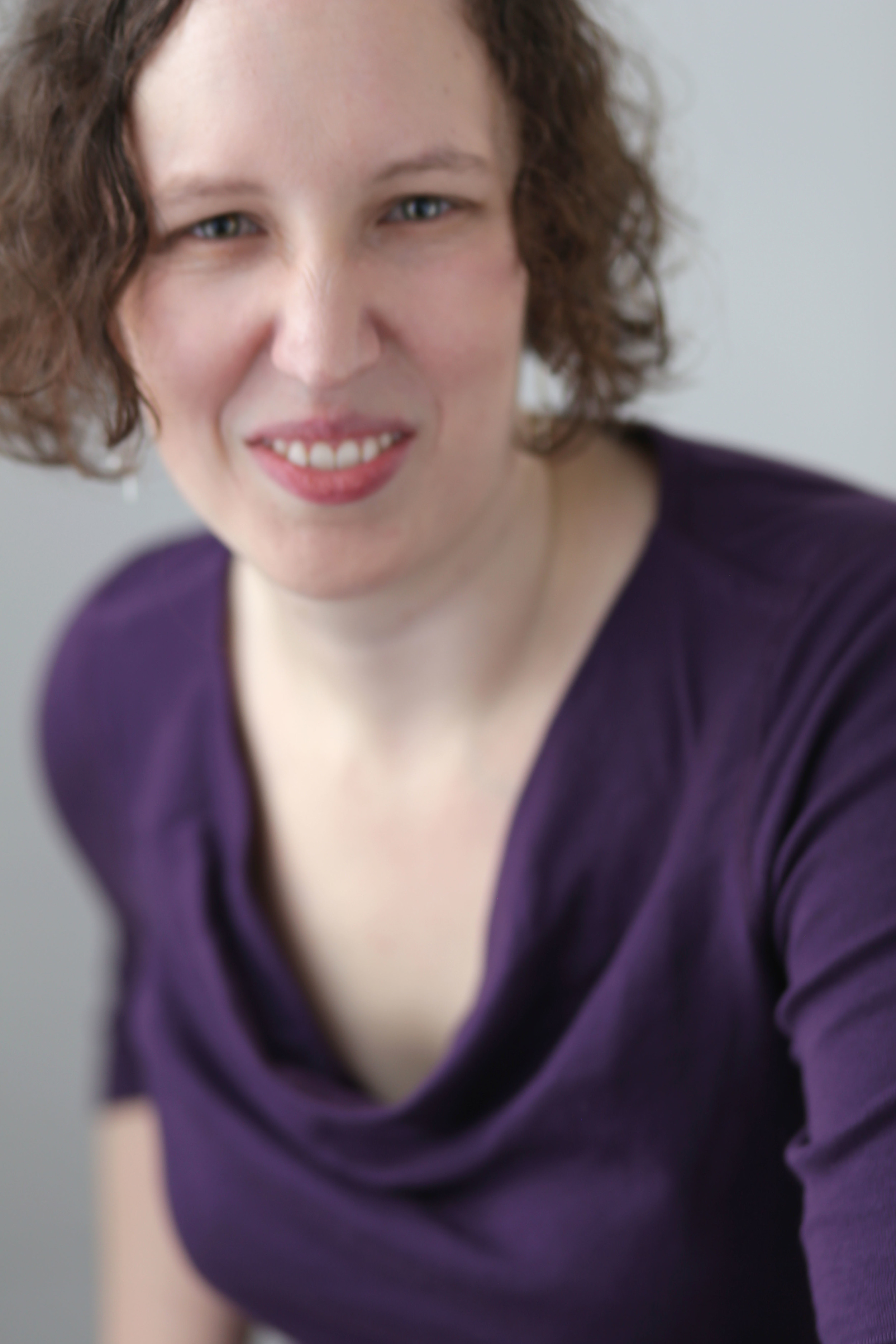The question of how much physical awareness one needs to get by has been on my mind a lot lately, and the variety person to person and day to day is astonishing. Think about it for yourself... How much attention do you need to give your feet as you walk down the street? How much does that change if the sidewalk is bumpy? What if you have a sprained ankle or some other foot injury? Are you someone who can walk while looking at your phone or reading a book?
The answer to many of these questions depends on how much you trust your feet to keep you upright if you trip. The less trust there is, the more attention is needed. I count myself among those who don't trust their feet very much. I have a long history of tripping and falling hard that reaches back into my early childhood. Thanks to all the Feldenkrais work I've done, I've learned how to 1. pick my feet up higher so I don't trip so often, 2. recover my balance quickly if I do trip, and if I do fall (which is very rare now), 3. fall well so I don't hurt myself.
Even with all the work I've done, I am still not someone who trusts my feet well enough to walk while looking at my phone or reading a book. Unless I'm on smooth pavement or floor, I am constantly checking the ground for upcoming bumps or dips, semi-consciously calculating how high a step is and which foot is going to step up it. If you trust your feet, this entire process is subconscious. If you're in a lot of pain or have balance problems, you know that it all becomes conscious and can take up most of your attention if you let it.
Of course, this idea applies to everything we do, not just walking. We build up skill and trust through practice, by paying close attention at first and gradually learning how to let our attention spread to other things. With my mind already on this question, I recently came across this quote in an Awareness Through Movement lesson transcript:
“It is not after [a musician] plays a note ‘A’ that he goes ‘I played a note that was not in place’ or ‘not on time’ or with ‘too much force.’ It is already organized before this. He learns to pay attention to the melody despite disturbances that are in the movement, despite the difficulty in the speed of the movement of the hands, reading the notes, or seeing the note. We want to arrive at the same thing in movement. That means it is possible to hear the melody despite the disturbances in the movement.”
I love that last line, "possible to hear the melody despite disturbances in the movement". For me, it perfectly encapsulates the ease of movement that I aim to have and to teach. How do you spread your attention, even when you do need to give a lot of it to one thing?
